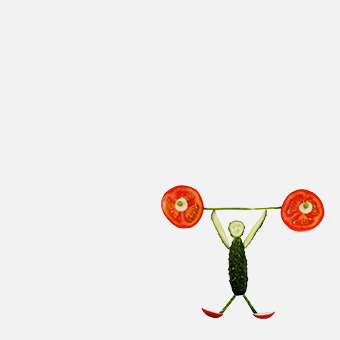Did you know that the maximum recommended amount of salt for an adult is 6g per day – that’s roughly one teaspoon. However, in the UK, the average person’s salt intake is 8.1g per day! When you consider the major health problems that a high salt diet can result in, this statistic is deeply concerning.
A common effect of a high intake of salt is raised blood pressure, which affects more than one third of UK adults. High blood pressure increases the risk of strokes, heart failure and heart attacks – the UK’s leading causes of disability and death. Other health problems that have been linked to a high salt diet include kidney disease, kidney stones, stomach cancer, osteoporosis, vascular dementia, water retention, and obesity. A salt heavy diet can also worsen the symptoms of diabetes, asthma, and Ménière’s disease.
Whilst seasoning a meal with salt will certainly heighten your risk of the above, 75% of the salt we consume is already in the foods that we buy. Soups, condiments and ready meals, as most people are aware, have a high salt content. But the surprisingly high salt content in many everyday foods, such as cereals, bread and cheese, can really add up without you realising. Check out our list below for foods that are usually very high in salt.
How to reduce salt intake
To reduce your salt intake, aim to prepare and cook as many of your own meals as possible. Take-aways and ready meals are the worst offenders when it comes to high salt content, so buying fresh produce and making your own pastes, sauces and seasonings will give you control over the amount of salt you consume. Also, when you do sit down for a meal, try to season your food with pepper, herbs, spices, garlic, lemon or lime juice instead of salt.
Another key tip is to keep an eye on the salt content of pre-packaged food – AKA “the hidden salt”. With everyday purchases such as bread or cereals, check the packaging or websites of a range of brands. This way, you only need to check once and can then stick to the brands which you know to have a lower salt content. For items you buy less frequently, try to get into the habit of checking labels. A lot of products now use traffic light colours (green = low; amber = medium; red = high) on their labels, so that reading the nutritional information is quick and easy.
It is also a great idea to swot up on the foods which have a high salt content, and bear these in mind when meal-planning:
Almost always high in salt:[1]
– anchovies
– bacon
– cheese
– gravy granules
– ham
– olives
– pickles
– prawns
– salami
– salted and dry-roasted nuts
– salt fish
– smoked meat and fish
– soy sauce
– stock cubes
– yeast extract
Often high in salt, but varies depending on brand:
– bread products including crumpets, bagels and ciabatta
– pasta sauces
– crisps
– pizza
– ready meals
– soup
– sandwiches
– sausages
– tomato ketchup, mayonnaise and other sauces
– breakfast cereals
Keep these “hidden salt” foods in mind and stick to our top tips, and you will significantly reduce your salt intake. Importantly, this will reduce your chances of developing high blood pressure and other health risks associated with consuming a high salt diet. For more help with nutrition advice and your own customised diet plan, sign up to Active Nutrition. Stay healthy!
[1] Lists of foods from: http://bit.ly/2EpWZFE


















